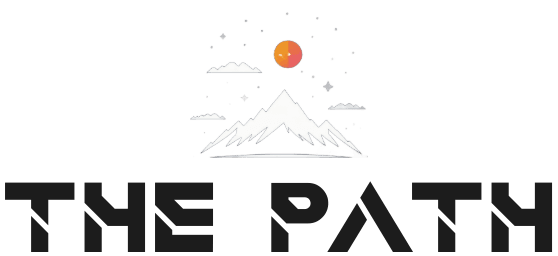Summary of Dream Journaling Benefits and Subconscious Communication.
Dream journaling involves recording your dreams immediately upon waking to capture details, emotions, and symbols. This practice offers several benefits and serves as a bridge to the subconscious mind.
- Benefits:
- Enhanced Self-Awareness: Tracking recurring themes or symbols reveals hidden emotions, fears, or desires, fostering personal insight.
- Improved Dream Recall: Regular journaling strengthens memory of dreams, with studies showing recall can increase from 10% to 90% over weeks (Reed, 1973).
- Stress Reduction: Writing dreams can process unresolved emotions, reducing anxiety, as seen in trauma recovery research (Krakow et al., 2001).
- Creativity Boost: Dreams inspire novel ideas by tapping into the subconscious, a link supported by artists like Salvador Dalí and studies on problem-solving (Barrett, 1993).
- Facilitating Subconscious Communication:
- Method: Keep a notebook by your bed, write dreams in present tense upon waking (e.g., “I am flying”), and note feelings or symbols without judgment. Review entries later to spot patterns.
- Mechanism: Dreams are a direct line to the subconscious, expressing what’s suppressed or unprocessed (Freud, 1900; Jung, 1964). Journaling decodes this—e.g., a recurring “green screen” might symbolize past work stress (like your CRM quest)—allowing dialogue with deeper layers of the psyche.
- Practical Use: Pose questions before sleep (e.g., “What’s blocking me?”), then journal answers that emerge in dreams, amplifying subconscious guidance.
- Relevant Studies:
- Reed (1973): Found dream recall improves with consistent journaling, suggesting neural pathways strengthen over time.
- Krakow et al. (2001): Showed dream writing reduces nightmares in PTSD patients, hinting at emotional processing benefits.
- Barrett (1993): Demonstrated dreams solve creative problems (e.g., scientists like Kekulé), linking journaling to subconscious insight.
